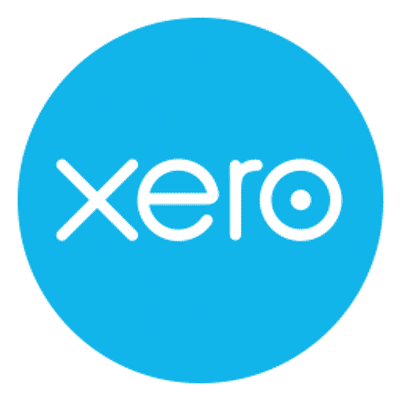Classe365 is a School Management Software. Classe365 offers Students Portal, Student Information (Records), Special Education, School District, Scheduling and many more functionalities.
Some top alternatives to Classe365 includes Skyward School Management, PowerSchool, MyClassCampus, DreamClass and SchoolPlus.
Yes, Classe365 provides API.
Yes, Classe365 provides a mobile app.
Classe365 is located in Sydney, NSW - 2000
Classe365 offers Free Trial, Subscription pricing models
Yes, Classe365 can integrate with Quickbooks, Xero, MailChimp, Moodle and many more.You can find more integration for Classe365 here
The starting price of Classe365 is $50/Month




















